Let’s be real—most people don’t give their window glass a second thought. If it’s clear and doesn’t crack, it’s fine, right? But when you’re upgrading your windows or building something new, suddenly there are all these choices—and they actually matter.
The type of glass you pick can change how warm your house feels, how quiet it is, and even how much you pay for your energy bills. Not to mention, it can make your place feel a whole lot safer.
So here’s a simple, no-fluff guide to the most common window glass types, and when you’d actually want to install them at your home.
Tempered Glass – Stronger Than It Looks
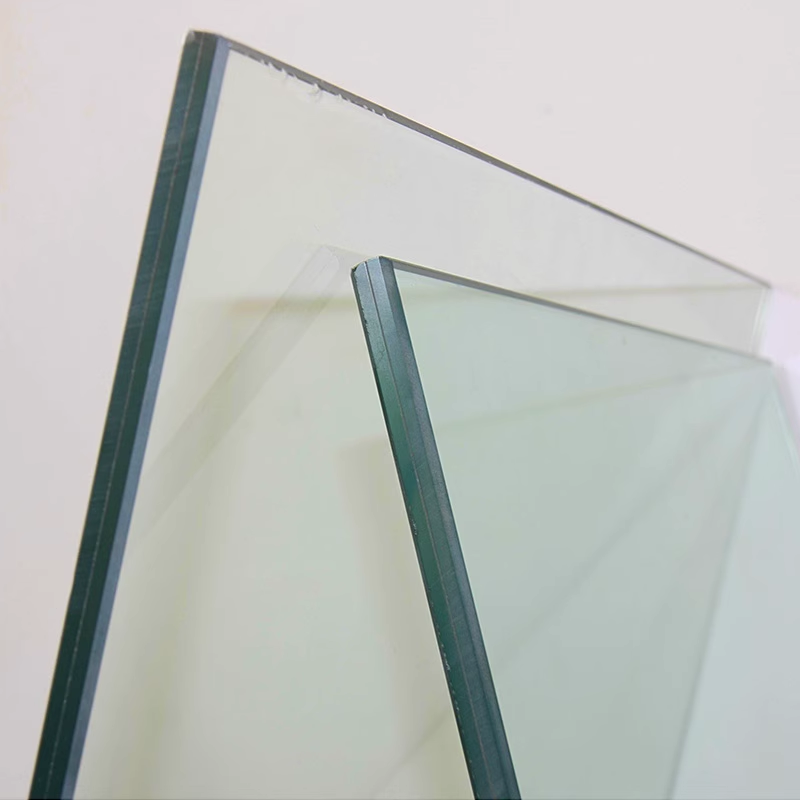
Tempered glass is tough. Like, made-to-take-a-hit tough. It’s heated up during manufacturing, which makes it about four times stronger than regular glass. And if it ever does break, it crumbles into tiny chunks instead of sharp shards.
You’ll usually see it in places where accidents might happen—like patio doors, shower areas, or windows that sit low to the floor.
Why pick it: You want peace of mind. If someone bumps into it or something slams into the glass, it’s less likely to hurt anyone.
Laminated Glass – Holds Together Even When It Cracks
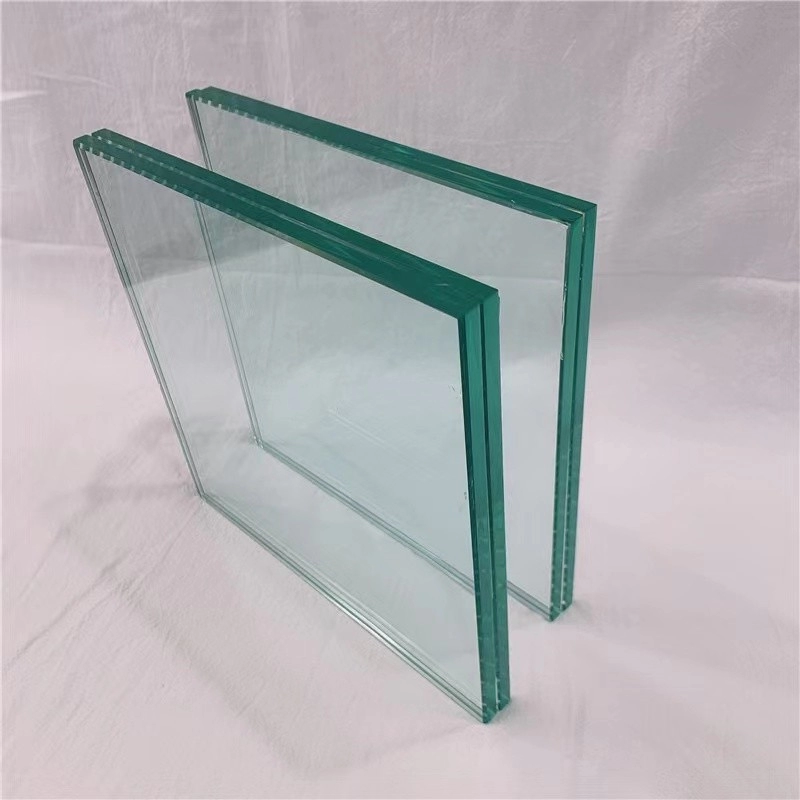
This one’s built like a sandwich: two layers of glass with a plastic layer in between. If the glass breaks, that plastic keeps everything stuck together. It’s harder to break through and blocks a lot of outside noise too.
You’ll often see laminated glass windows on street-facing homes, ground floors, or even in hurricane zones.
Why it’s smart: Keeps burglars out, quiets things down, and stays in one piece during storms.
Decorative Glass – For When You Want Style and Privacy
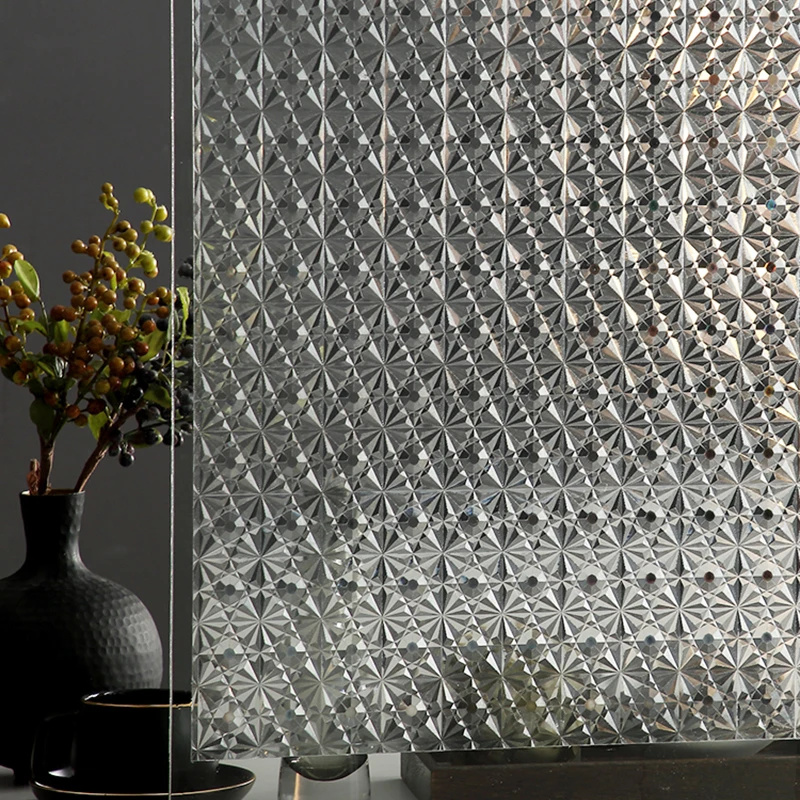
Ever seen a front door with that frosted or patterned glass that still lets in light but blurs out the view? That’s decorative glass. It’s not just for looks—it adds privacy without closing off a room.
Some people use it in bathrooms or entryways. Others get creative and add it to interior doors or room dividers.
Why go for it: You want a little personality in your glass—and you’d rather not have to hang blinds everywhere.
Low-E and Tinted Glass – Comfort Without the Sweat
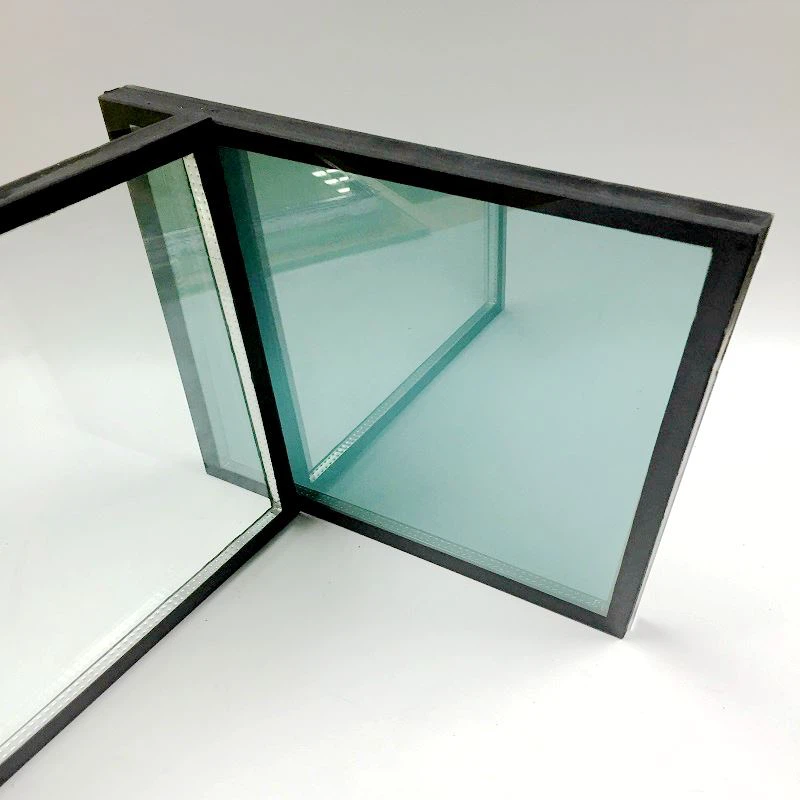
If you’ve got big windows and a lot of sun, your house probably gets hot. Low-E (low emissivity) glass has a special coating that reflects heat back outside. Tinted glass also helps reduce glare and heat.
These options make your rooms feel cooler in the summer and warmer in the winter. And yep, they’ll help with your energy bills too.
Best for: South- or west-facing windows, sunrooms, or anywhere the sun pours in.
Single, Double, or Triple Glazing – It’s All About Layers
This part gets overlooked, but it really matters.
- Single-glazed is just one sheet of glass. Not great for insulation.
- Double-glazed has two panes with gas or air in between. Way better.
- Triple-glazed? That’s top-tier—three layers, super insulation.
If your home gets cold in the winter (hello, Canada), this is one place you don’t want to cheap out.
Why it helps: You’ll stay cozier, hear less street noise, and your heater won’t work overtime.
Obscure Glass – Lets in Light, Keeps Out Nosy Neighbors
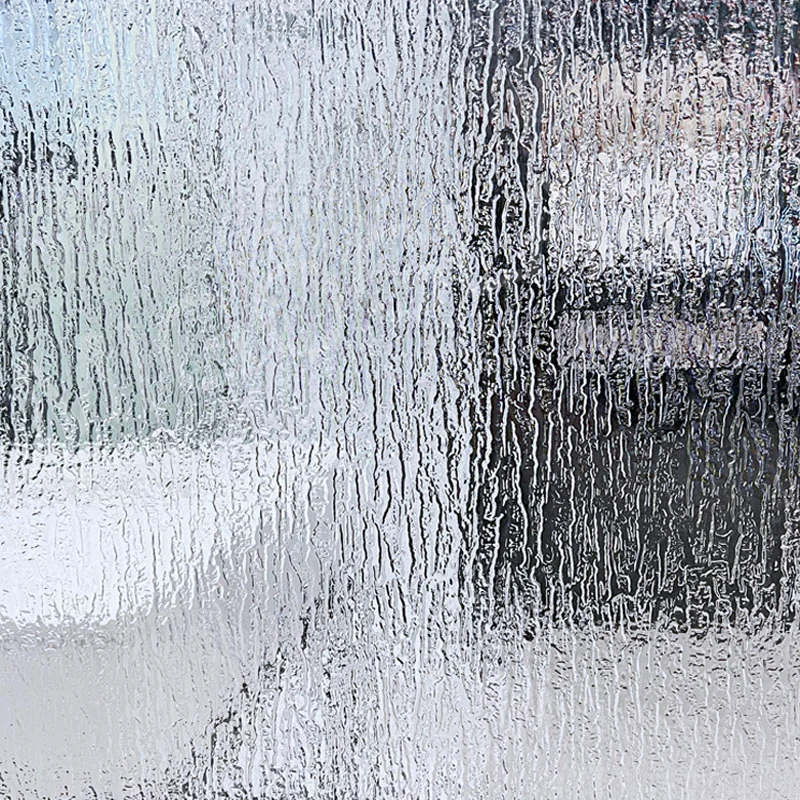
Obscure glass is exactly what it sounds like. It’s got a texture or pattern that makes it hard to see through—but light still gets in. Perfect for bathrooms or side windows where privacy’s a must but you don’t want it feeling dark.
Why people love it: It’s low maintenance and looks good—no need for curtains or shades.
Picking the Right Glass? Depends on What You Want Most
Here’s the thing—there’s no “best” type of glass. It all depends on what you care about.
- Want peace? → Go for laminated
- Kids around? Safety first with tempered
- High utility bills? Try Low-E or double-glazing
- Need light + privacy? Decorative or obscure glass does the trick
Once you know what you’re trying to fix or improve, the choice gets easier.
Real Talk FAQs
Q: What’s better—laminated or tempered glass?
A: Depends on what you need. Laminated is better for security and noise. Tempered is best for safety if it breaks.
Q: Can Low-E glass help with energy savings?
A: Yep. You might not notice it right away, but your home will stay cooler in the summer and warmer in winter. Over time, that saves money.
Q: Does decorative glass make rooms darker?
A: Not really. It filters light, but most types still let a good amount through—just with a softer feel.
Q: Is double glazing enough or do I need triple?
A: Double glazing is a big step up from single. Triple is great, especially in colder areas, but it depends on your budget and climate.
Final Word
Choosing the right window glass type isn’t just about what looks good. It’s about what works for your space, your needs, and your life. Whether it’s keeping your home safer, quieter, more energy-efficient, or just a little more “you,” there’s a glass for that.
And now, you know how to spot it.
Author
-

James Kotler is a versatile content writer with a passion for crafting clear, engaging, and informative articles across a variety of niches. From home improvement and technology to health, finance, and lifestyle, James brings a thoughtful and research-driven approach to every topic he covers. With a knack for breaking down complex ideas into simple, reader-friendly content, he helps audiences stay informed and inspired.

